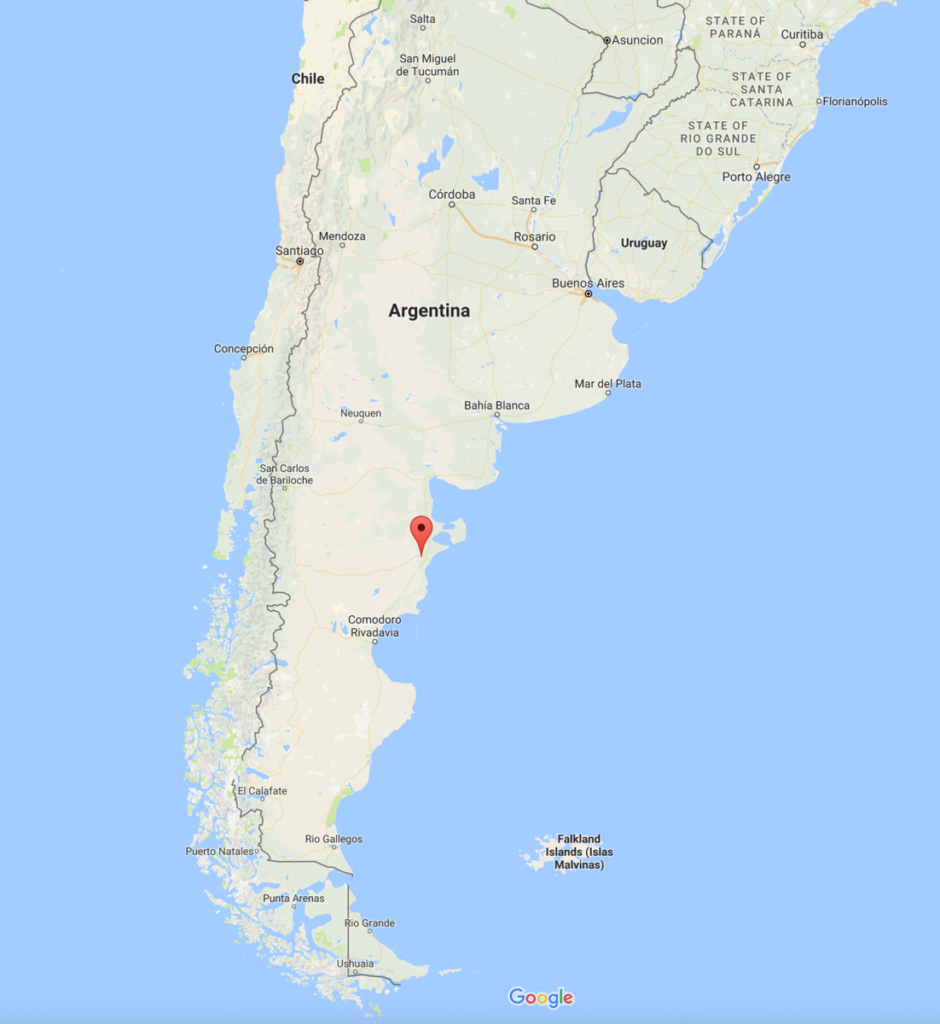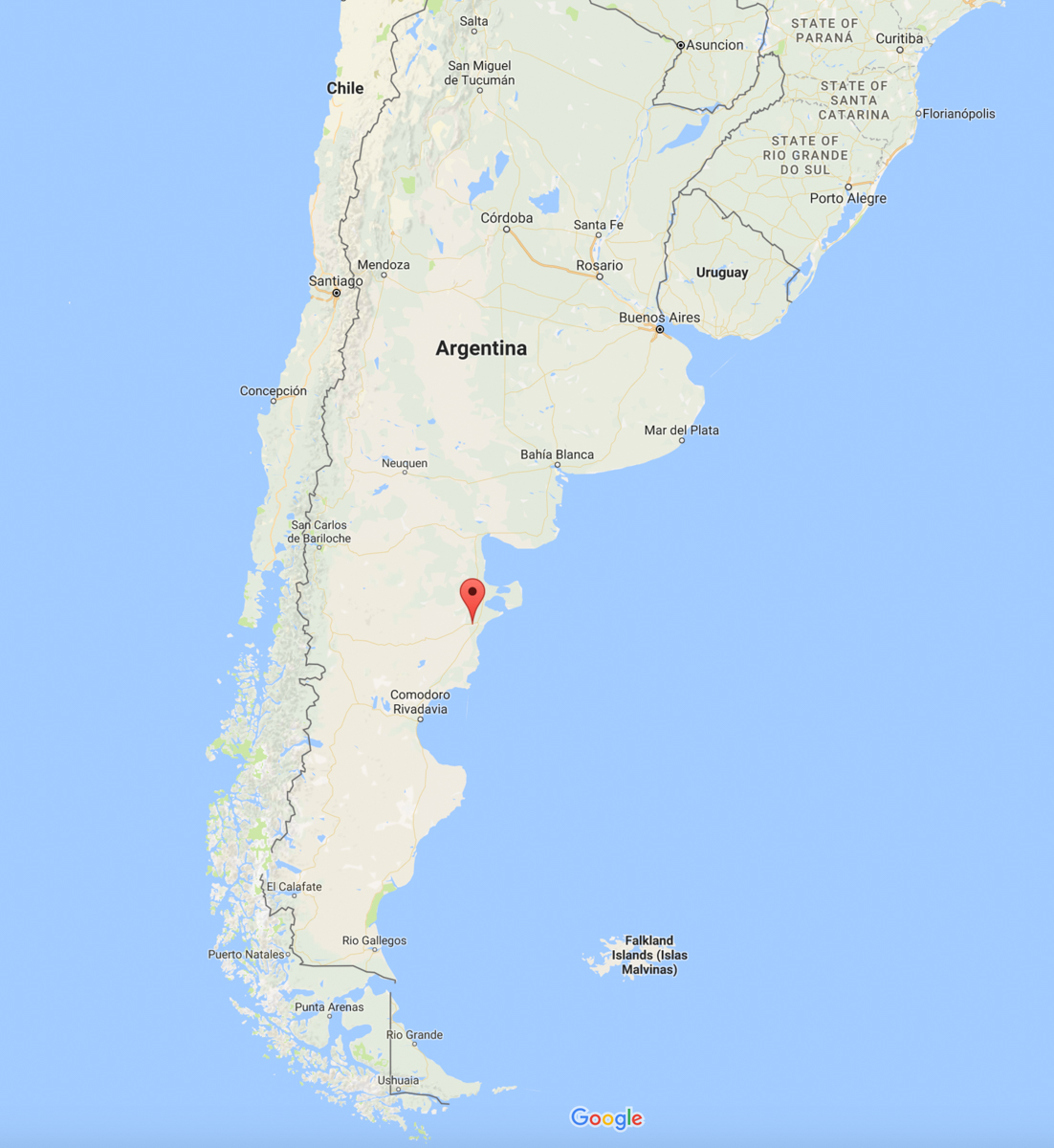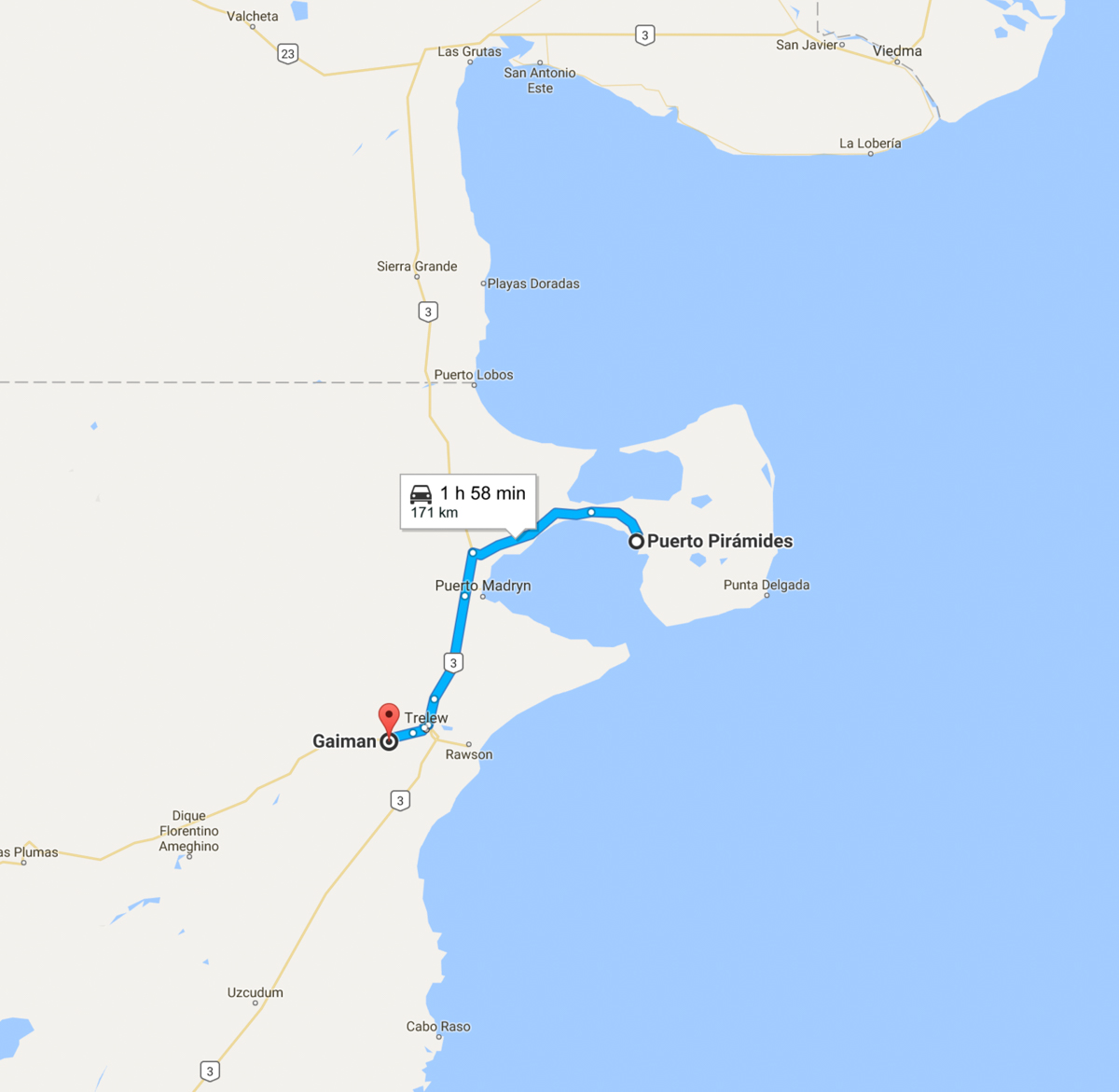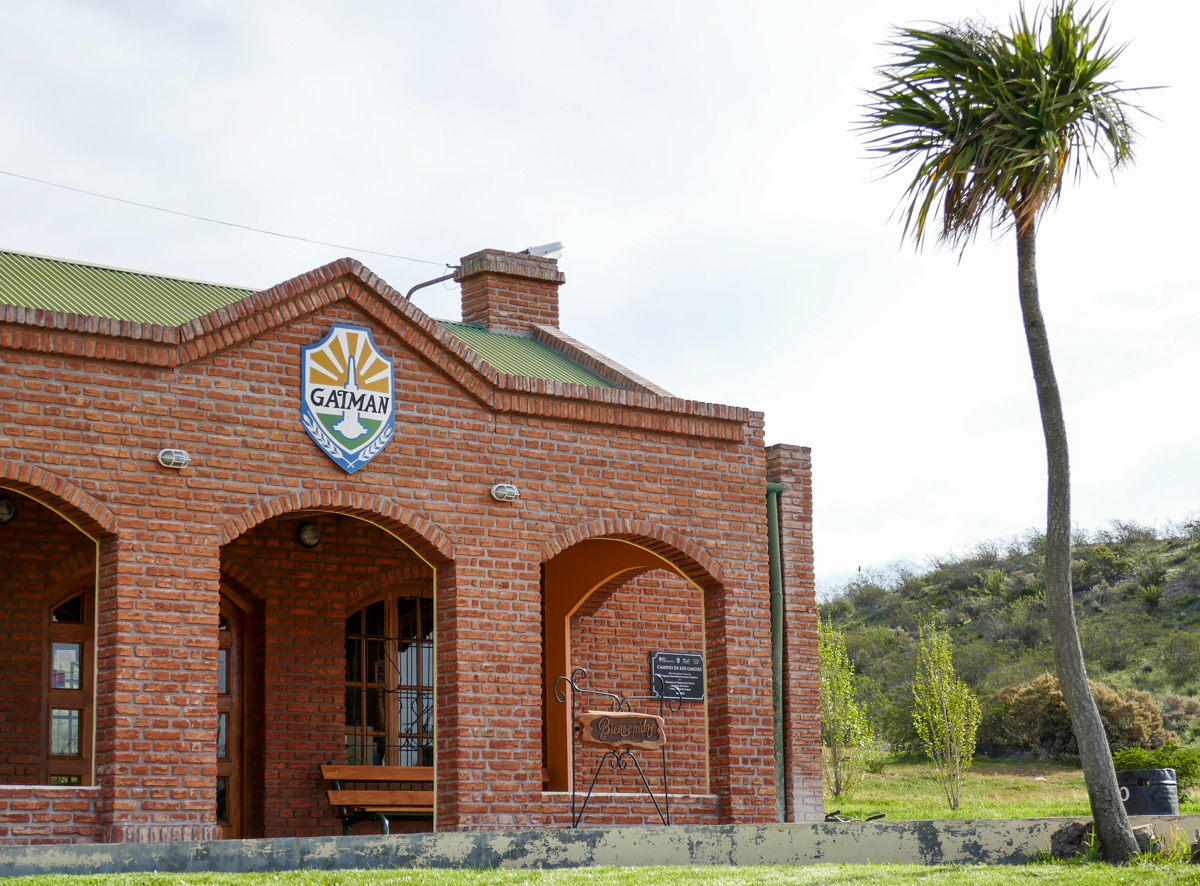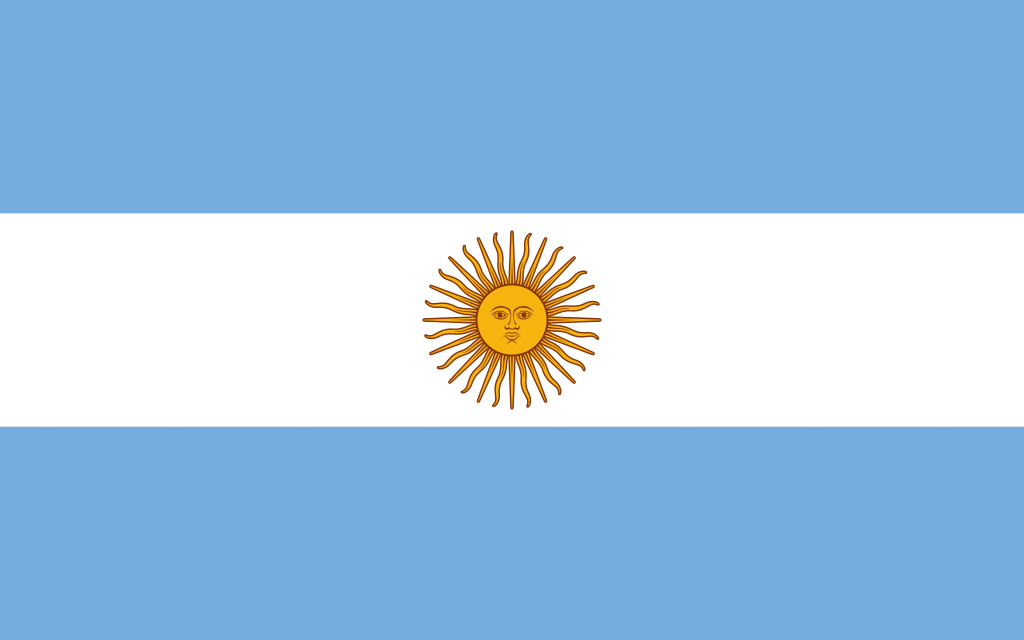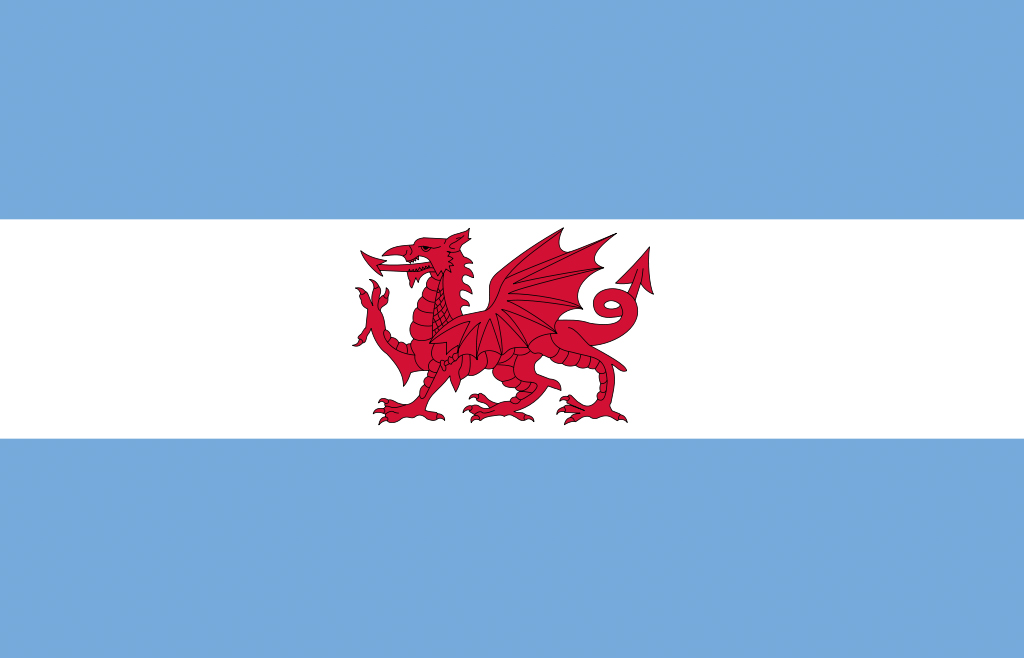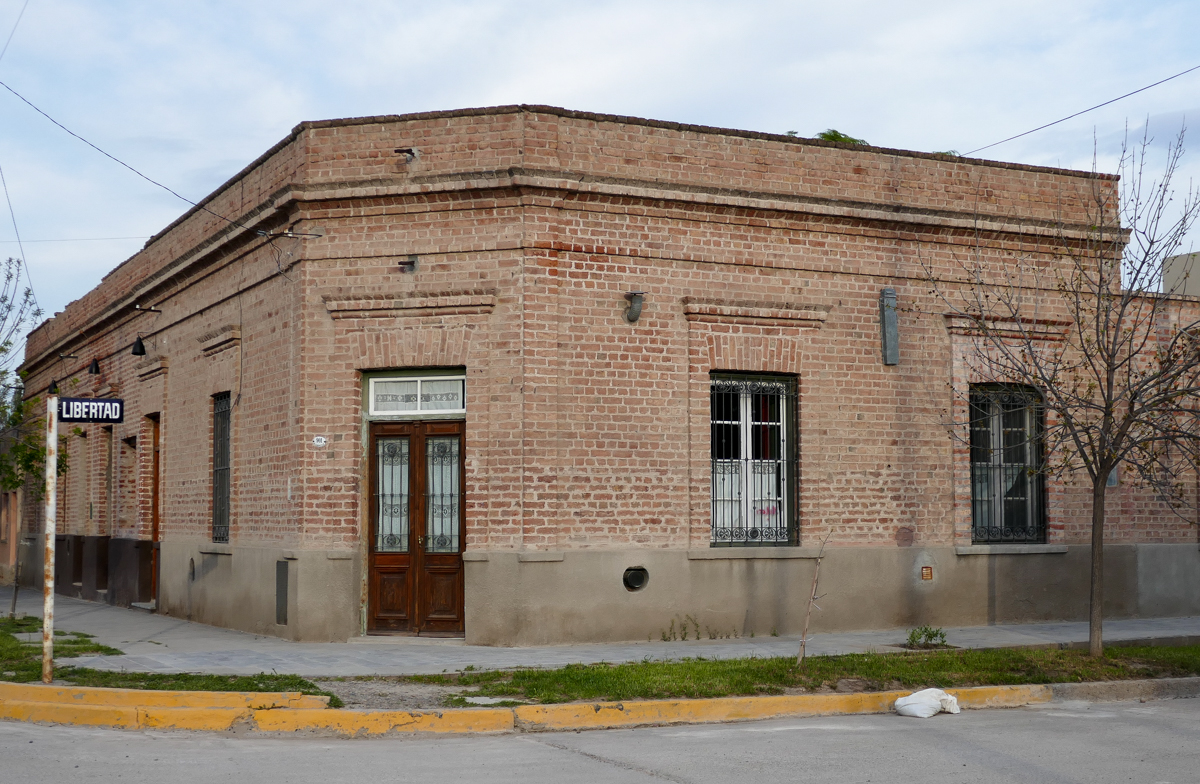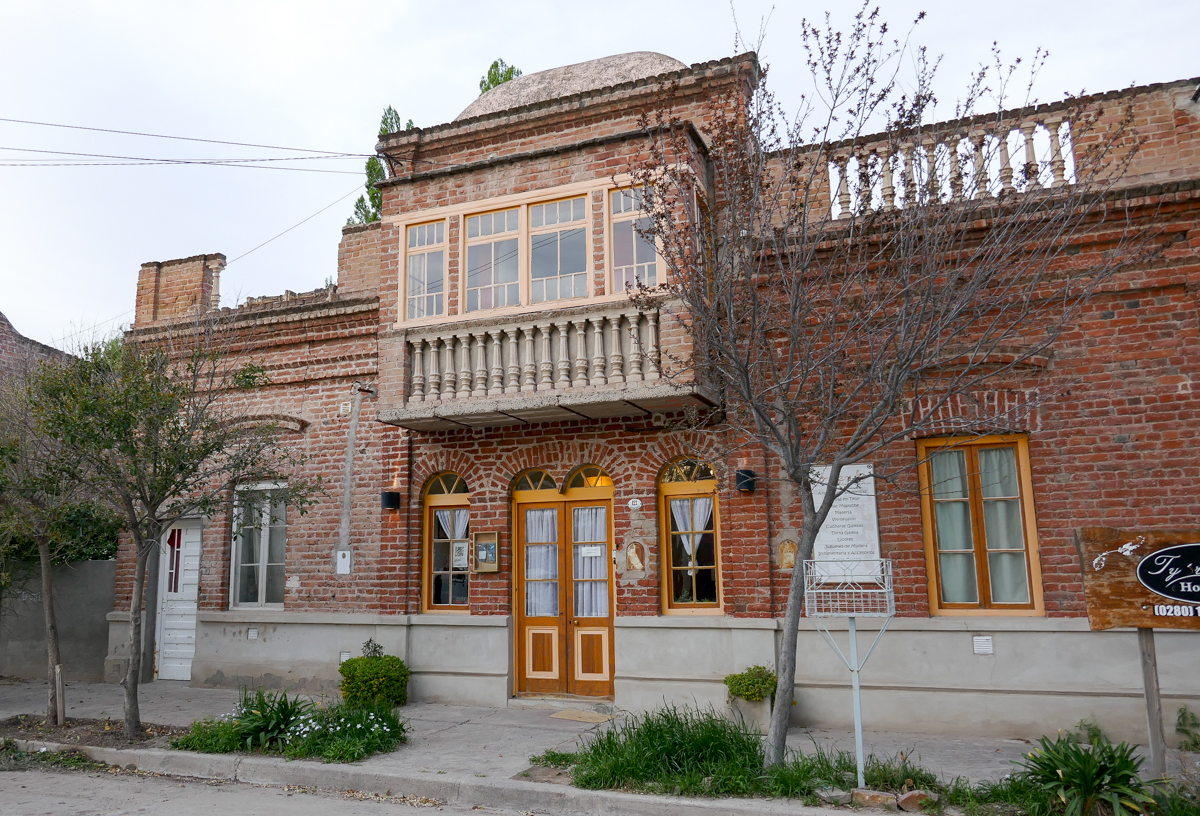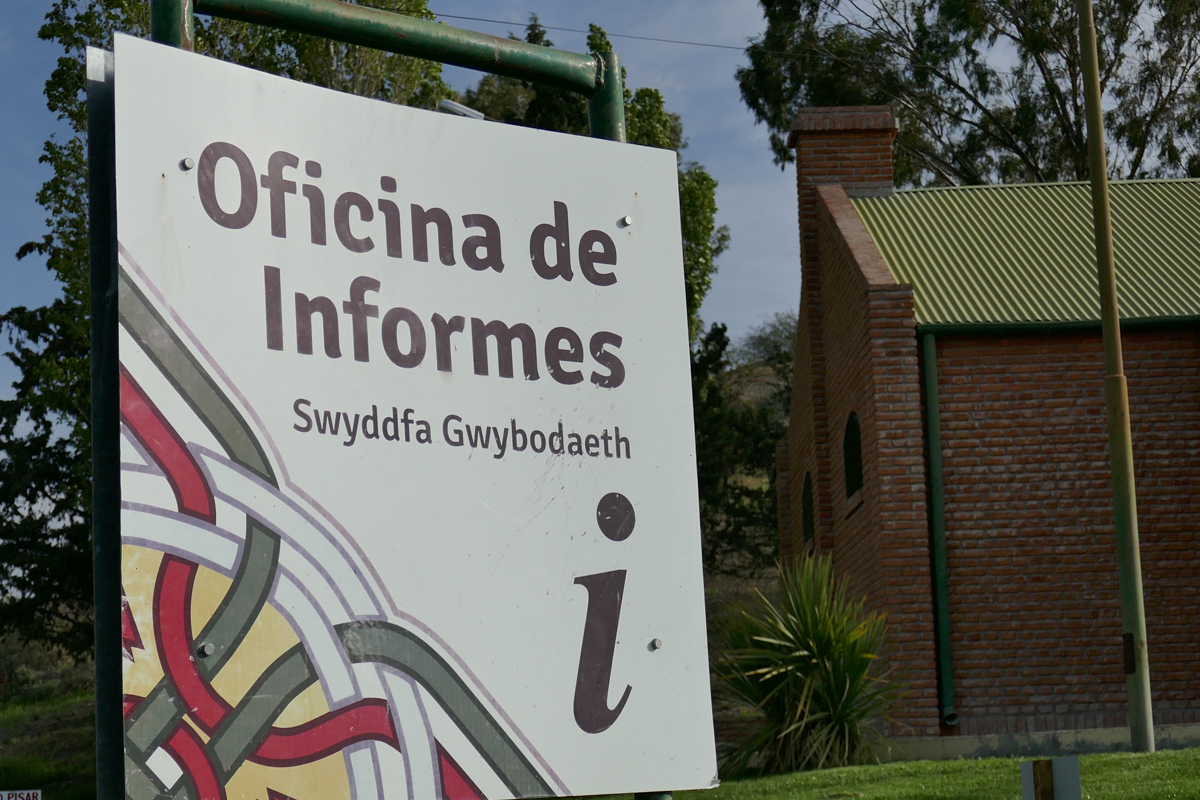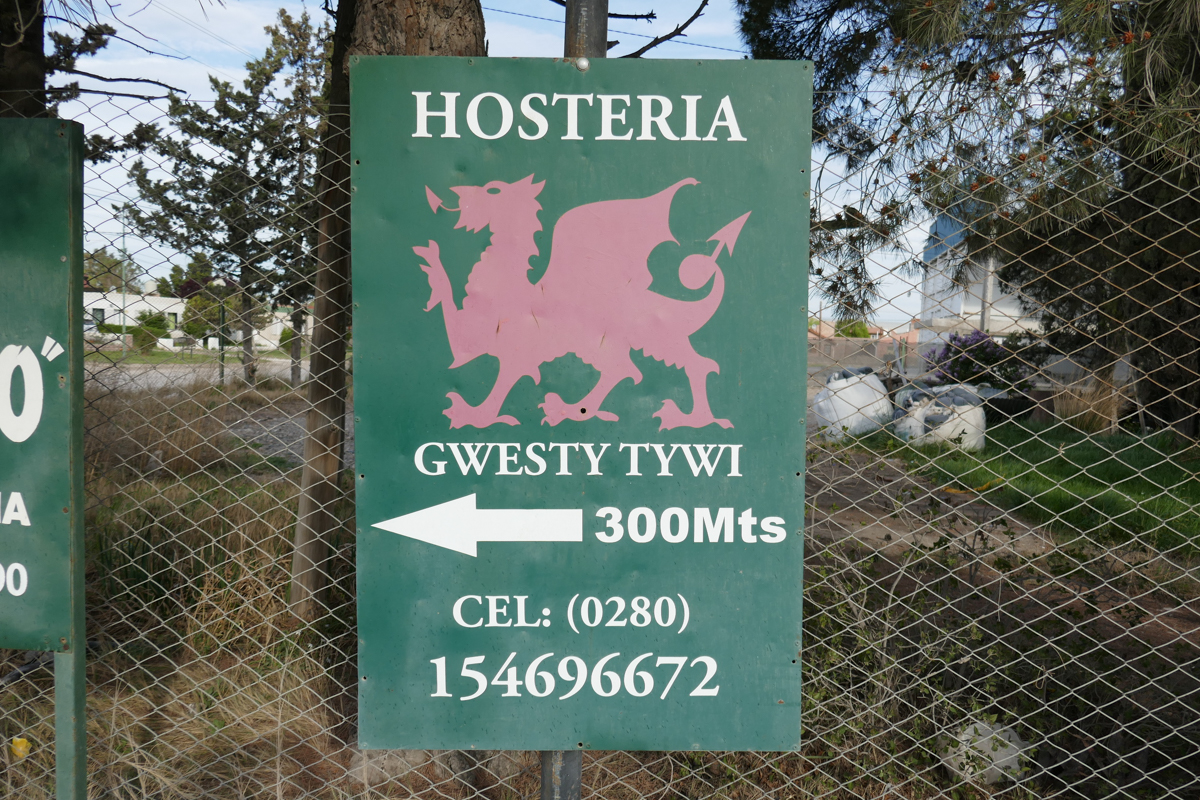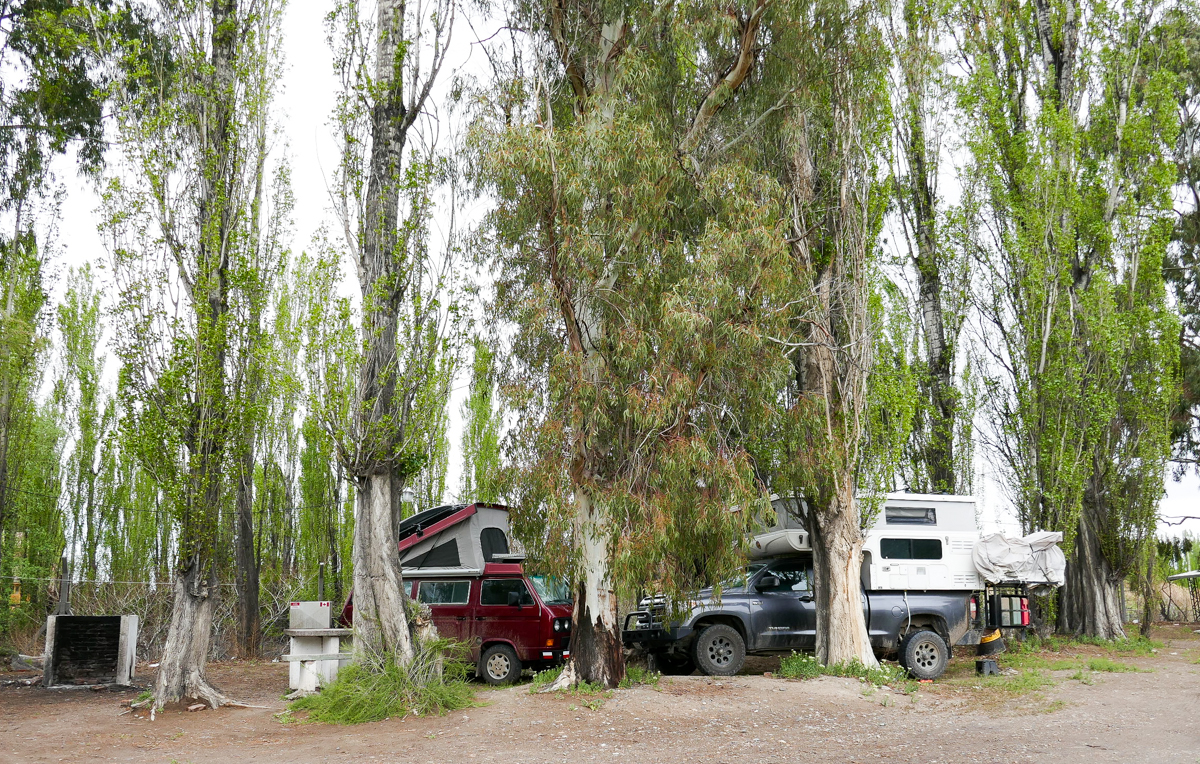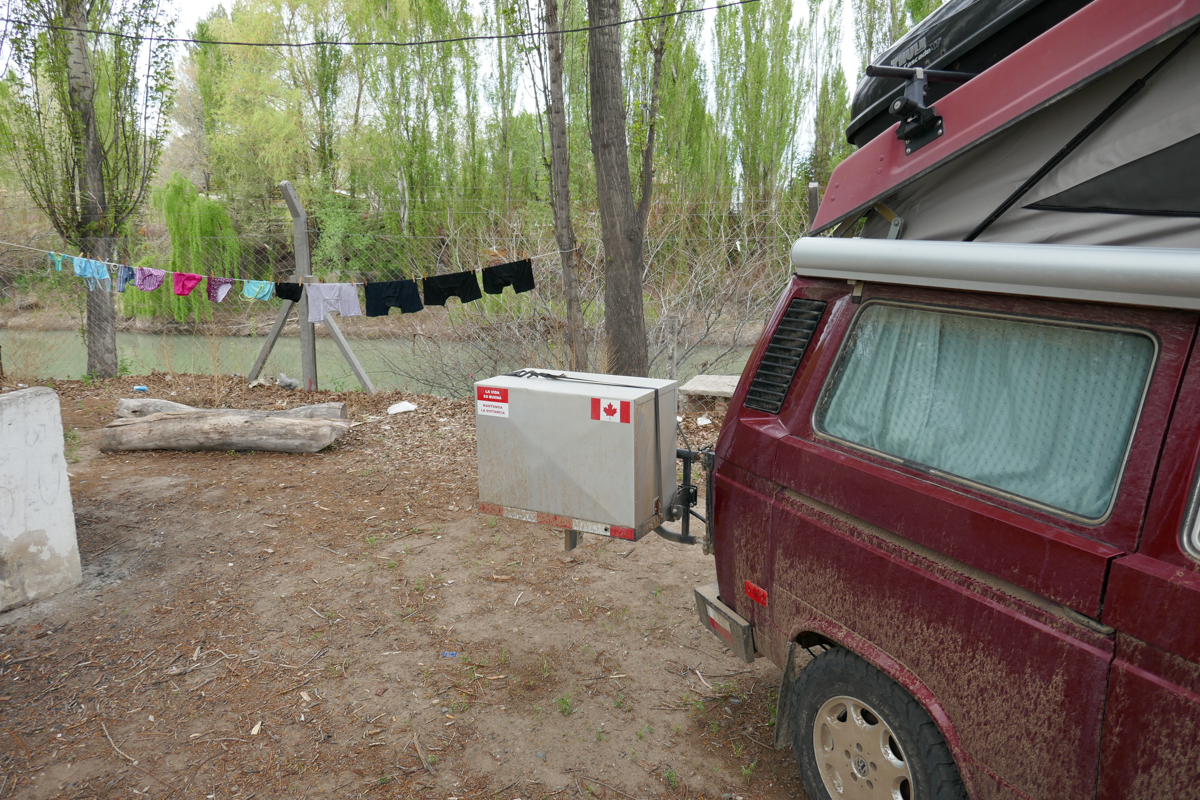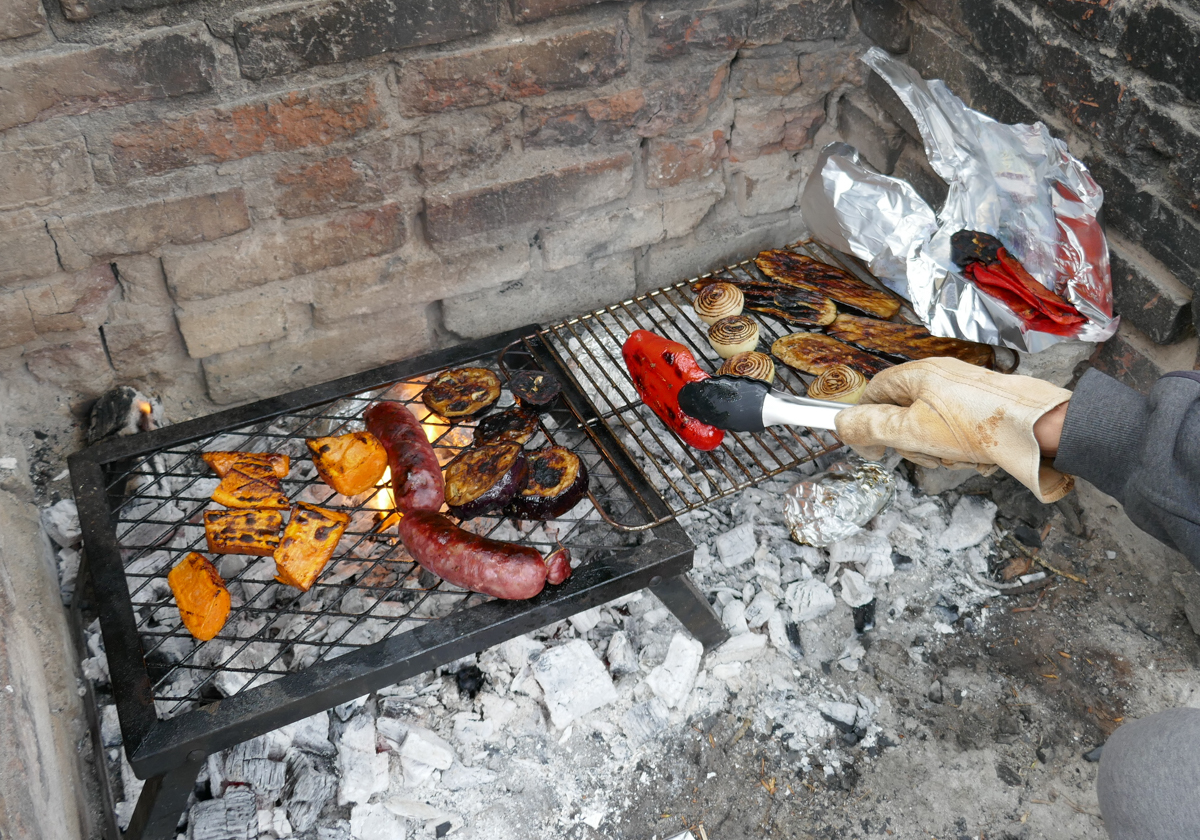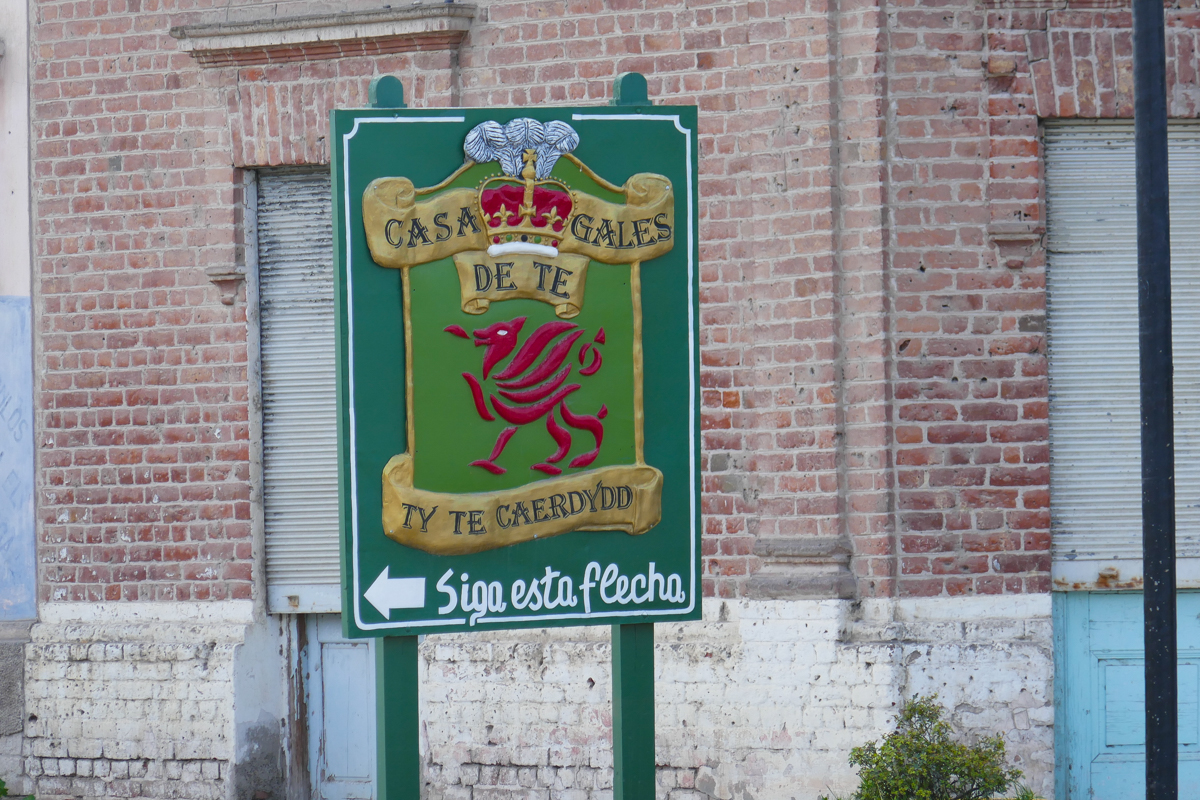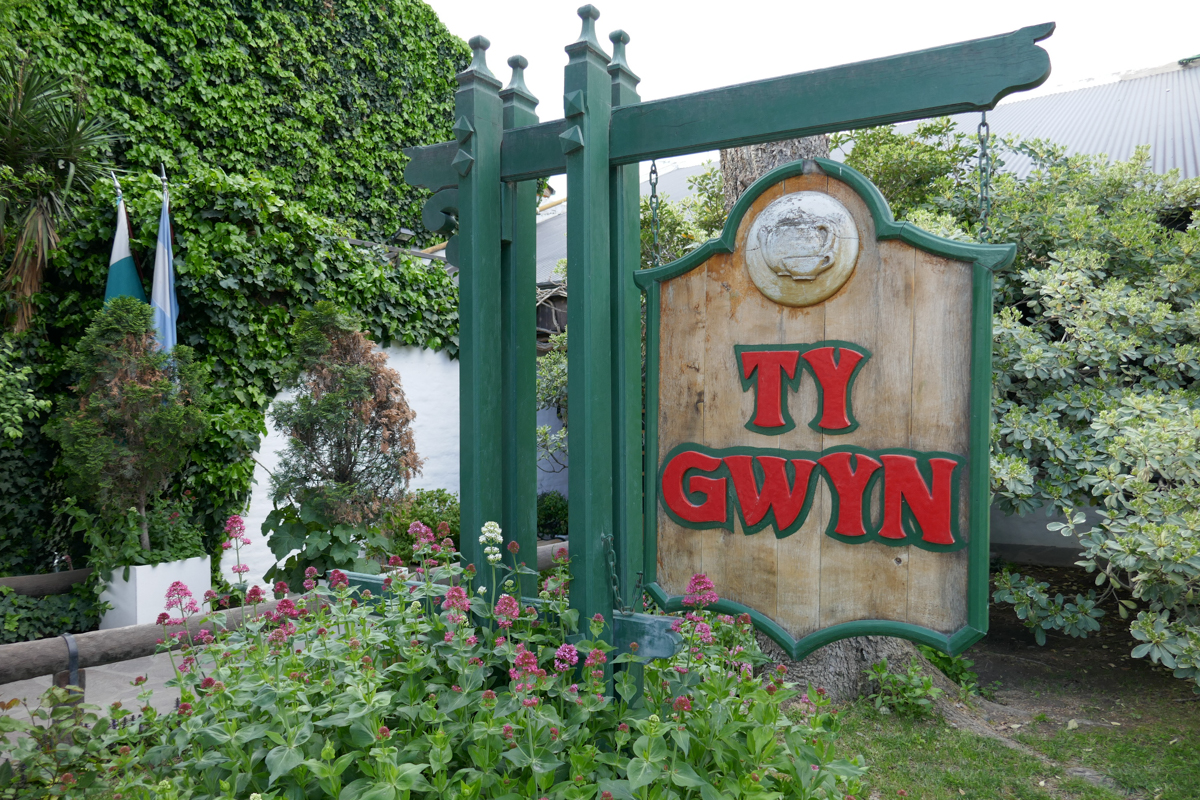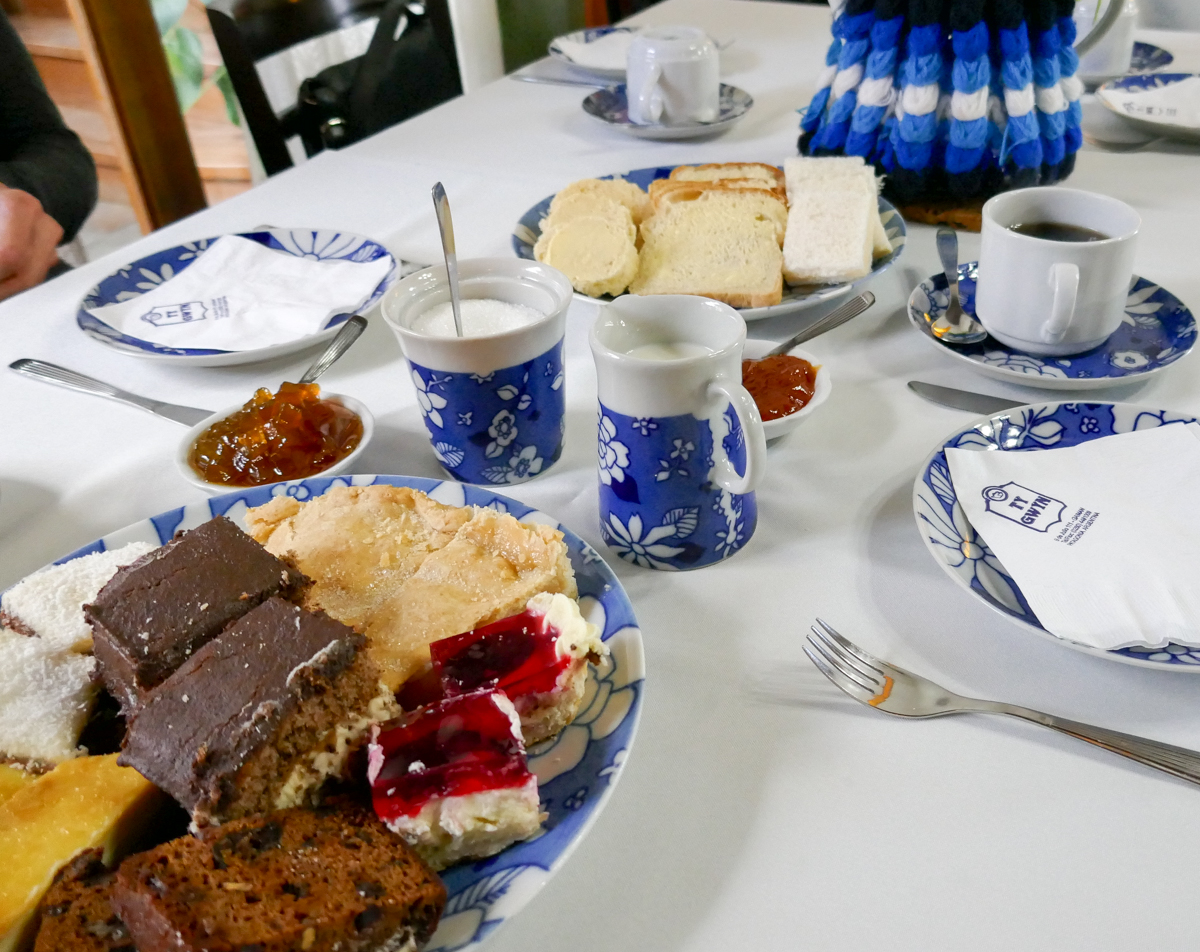After several glorious days of being off-grid and off-line in Península Valdés, we needed to find a campground with Internet access so that Gregor could work. Our friends, John and Paula (Our Bigger Picture), were travelling with us and they wanted some Internet time, too. Based on traveller reviews in iOverlander, we chose to camp in the quaint Welsh village of Gaiman.
In 1865 more than 150 welsh immigrants arrived by boat on Argentina’s shores and started colonizing the region around Gaiman. At that time the Argentine government encouraged emigration from Europe to populate areas surrounding the capital of Buenos Aires. Today there are about 73,000 Welsh Argentines, most of whom live in the Chubut province of Patagonia.
The town of Gaiman (population 5,000) is considered the cultural centre of the Welsh colony of Argentina. As Gregor and I walked through town, we saw brick buildings that reminded us of the architecture in the British Isles.
There are over 1500 people who speak Patagonian Welsh, which is a dialect spoken in Argentine Patagonia. We only heard Spanish being spoken in Gaiman, but we saw the Welsh language in the signs around town.
It was so strange to see consonant-heavy Welsh words alongside the more vowel-rich Spanish words. What was even more strange: seeing an unusual number of red-headed, fair-skinned freckled children walking alongside their latino schoolmates. It kinda blew our minds.
We stayed for three nights at Camping Bomberos, a rather derelict-looking campground within walking distance of central Gaiman. It was run by the local firefighters (bomberos) and it wasn’t very clean. To paraphrase Paula’s words: the showers aren’t the kind where you pick up your soap after you drop it, yaknowhattamean?
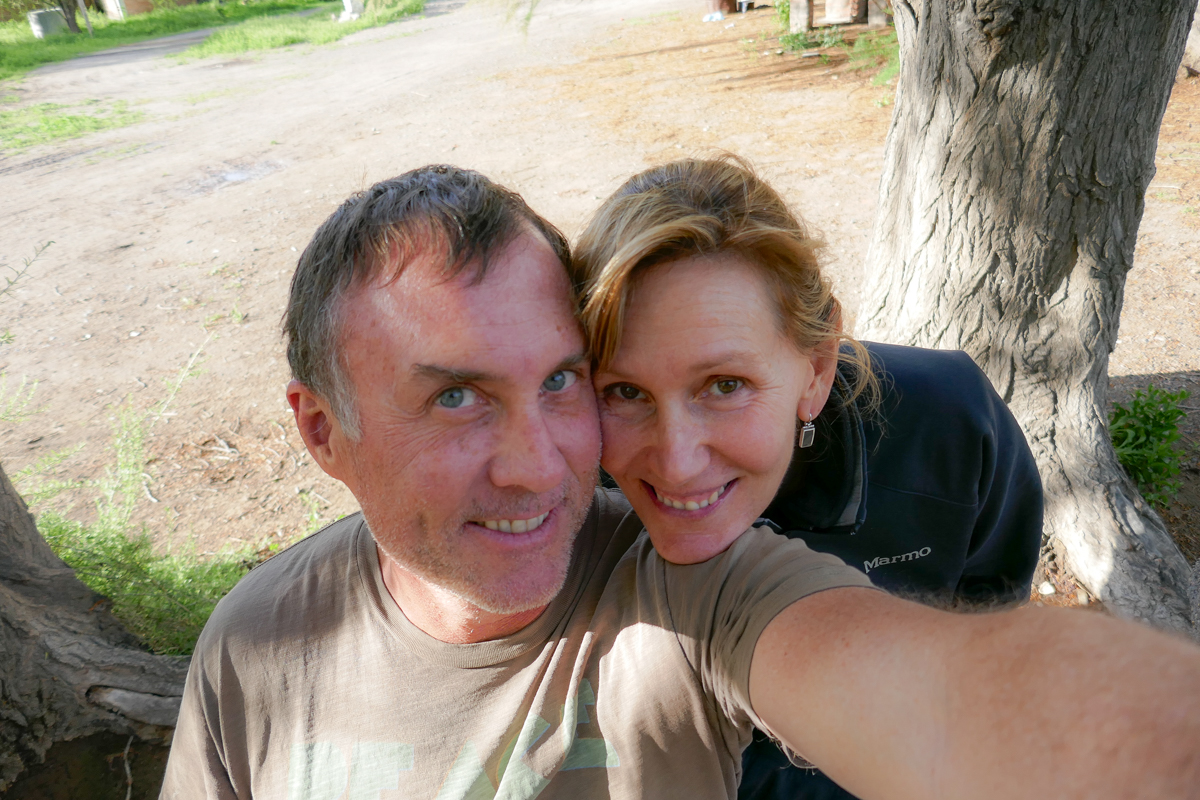
John and Paula
The redeeming features of Camping Bomberos were decent wifi access and wind-protected BBQ pits. The brick and concrete pits are a popular fixture in Argentine campgrounds. They’re designed for cooking with charcoal and wood but sometimes the grills are missing (as was the case at Camping Bomberos). Since John and Paula carried their own grills, we were able to cook up a delicious meat and veggie meal together.
The main attraction in Gaiman is its traditional Welsh tea houses, which serve dainty cakes, finger sandwiches, and scones with a pot of black tea. Going to a tea house in Welsh Argentina is not an every-day affair – it’s one of those things that you just can’t do anywhere else in Latin America.
While Gregor and John worked on their computers back at camp, Paula and I decided to visit one of these tea houses. Now, I know what you’re thinking…my poor husband was stuck in the van, slaving away at the computer to earn money for our travels…meanwhile I was galavanting around Welsh Patagonia, eating cake and chatting with my girlfriend as we sip afternoon tea…how unfair! Well, that’s pretty much how it went down and I thoroughly enjoyed it. Girls need to get out once in a while, right?
Actually, Gregor was never really interested in going to a tea house – he much prefers coffee. I’m a coffee junkie, too, but I’m also a sucker for novelties. There’s no question that the Argentine-Welsh tea experience is a bit of a tourist trap. It’s on the expensive side ($60 CAD/$46 USD tea service for 2 people) but the pastries and tea were quite good and the outing was a nice afternoon diversion. What can I say…When in Argentina, might as well do as the Welsh do.


